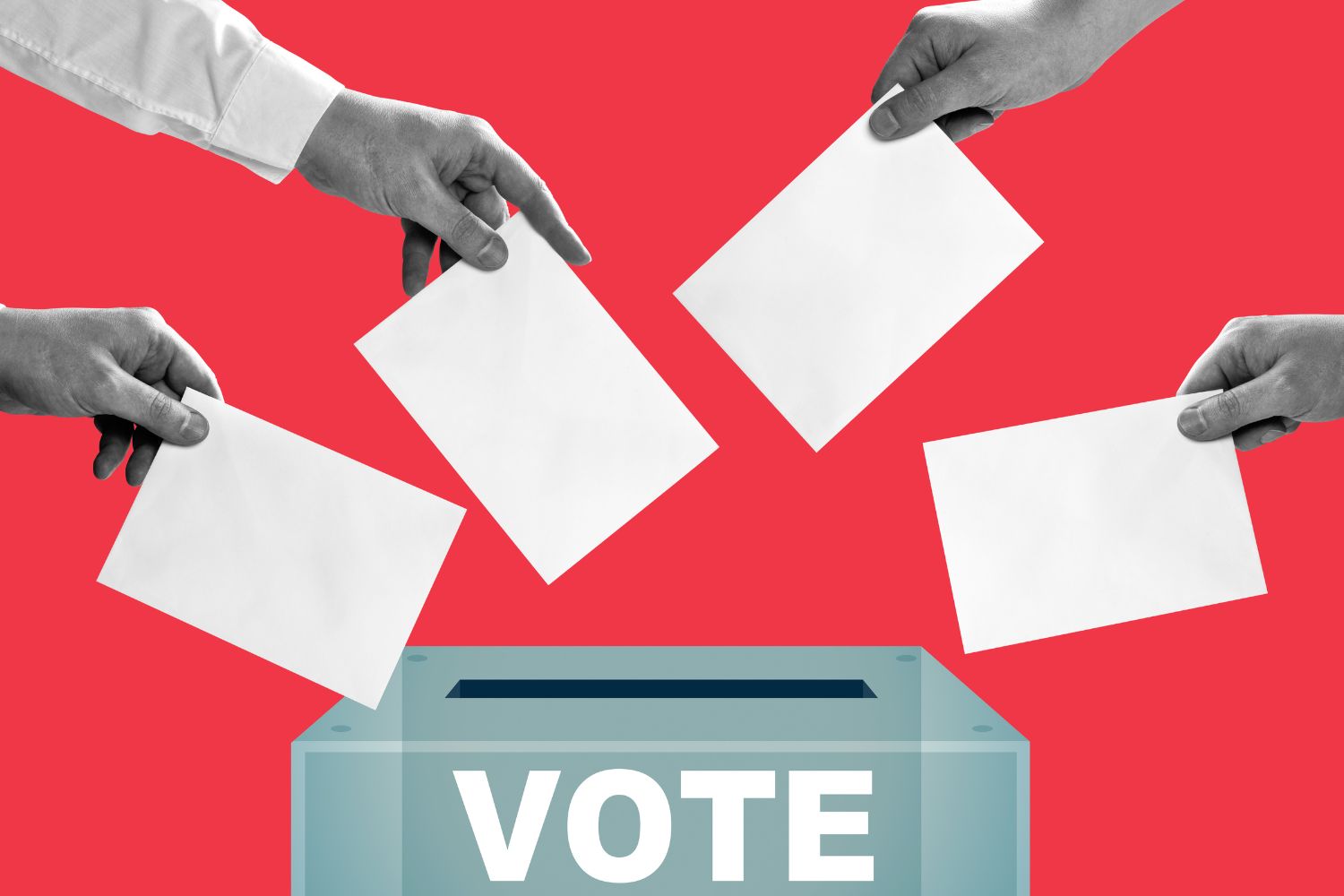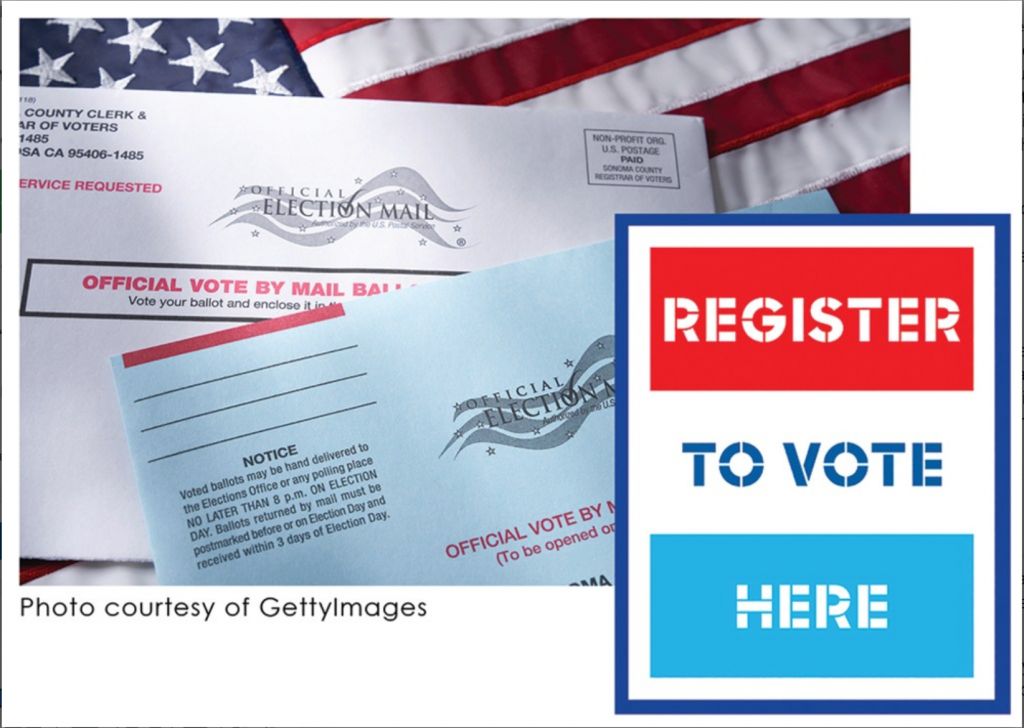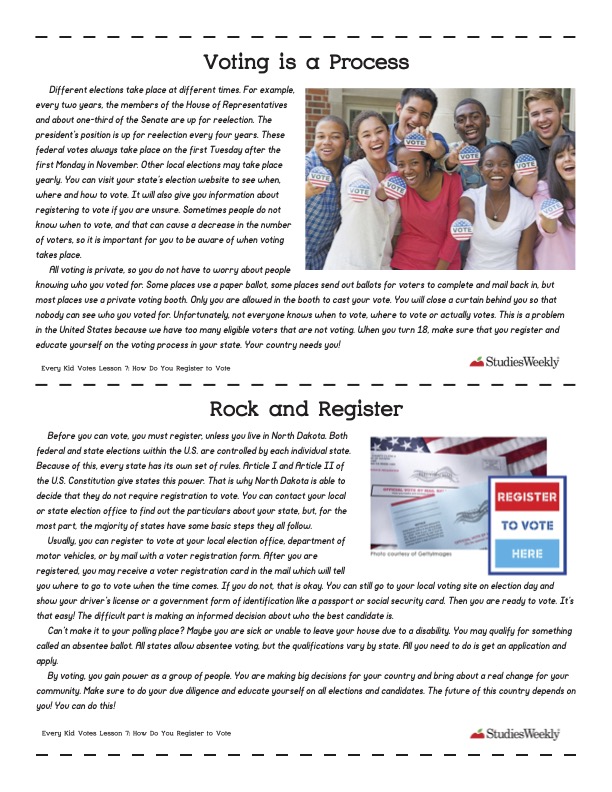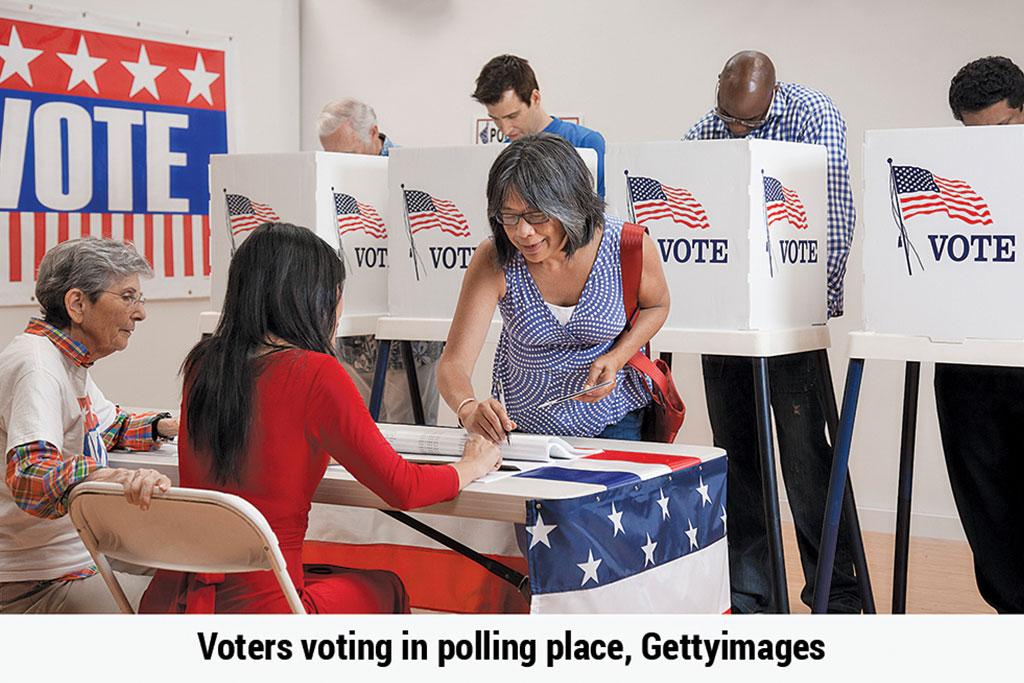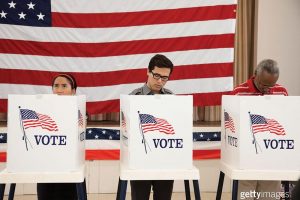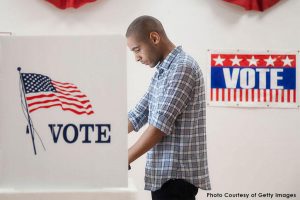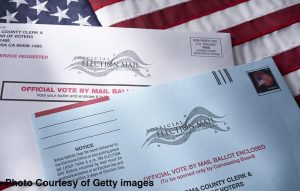Lesson 7: How Do You Register to Vote (All Grades)
Objective for the Lesson
This lesson will provide some general guidelines and information to help students understand how citizens register to vote.
Weekly Summary
We understand that in order to vote, you have to be a citizen and at least 18 years old. What happens next? How do citizens become registered to vote? Most states control the registration process, and it varies between states.
Student Expectations
- Understand the registration process in their own state
- Understand the difference between a primary election and a general election
- Explain early voting and absentee voting
- Understand the difference between a paper ballot a voting machine
Vocabulary
ballot: a slip of paper, cardboard, or the like, on which a voter marks their vote
identification: a document or something else that identifies a person, animal, or thing
polling place: a place at or in which votes in an election are cast
voting machine: a mechanical apparatus used in a polling place to register and count the votes
absentee vote: a vote cast by a person who, because of absence from usual voting district, illness, or the like, has been permitted to vote by mail
early voting: a type of voting that permits citizens to cast ballots in person as a polling place prior to an election
Lesson Plan
- Ask the students if they know when and where votes are cast. Review the vocabulary terms “poll,” “early voting,” and “absentee voting.” Have students work in pairs or small groups to decide what the terms mean and why voters might vote early or absentee.
- Report results out to the class.
- Invite students to view images of people voting and answer the questions below. (Potential answers might include: campaign advertising, directions to the voting place, early voting, requirements to vote, dual language signs, long lines to vote, etc.)
- What do you notice in the picture?
- What objects do you see?
- What are people doing?
- What words are displayed?
- Have the students read the article “Rock and Register.”
- What do people do to register?
- Invite students to learn more about the registration process in your community.
- Have the students read the article “Voting is a Process.”
- Discuss paper ballots vs. voting machines vs. mail-in ballots, including the advantages and disadvantages of each.
- Invite students to investigate what types of ballots are used in your community.
- Have students interview people at home who are over the age of 18 with the following questions:
- Are you registered to vote?
- Why or why not are you registered to vote?
- What did you have to do to get registered to vote?
- The next day, invite students to share what they learned. Create a graph or chart displaying what students learned.
- Have a class discussion.
- What could be done to get more people to register to vote?
